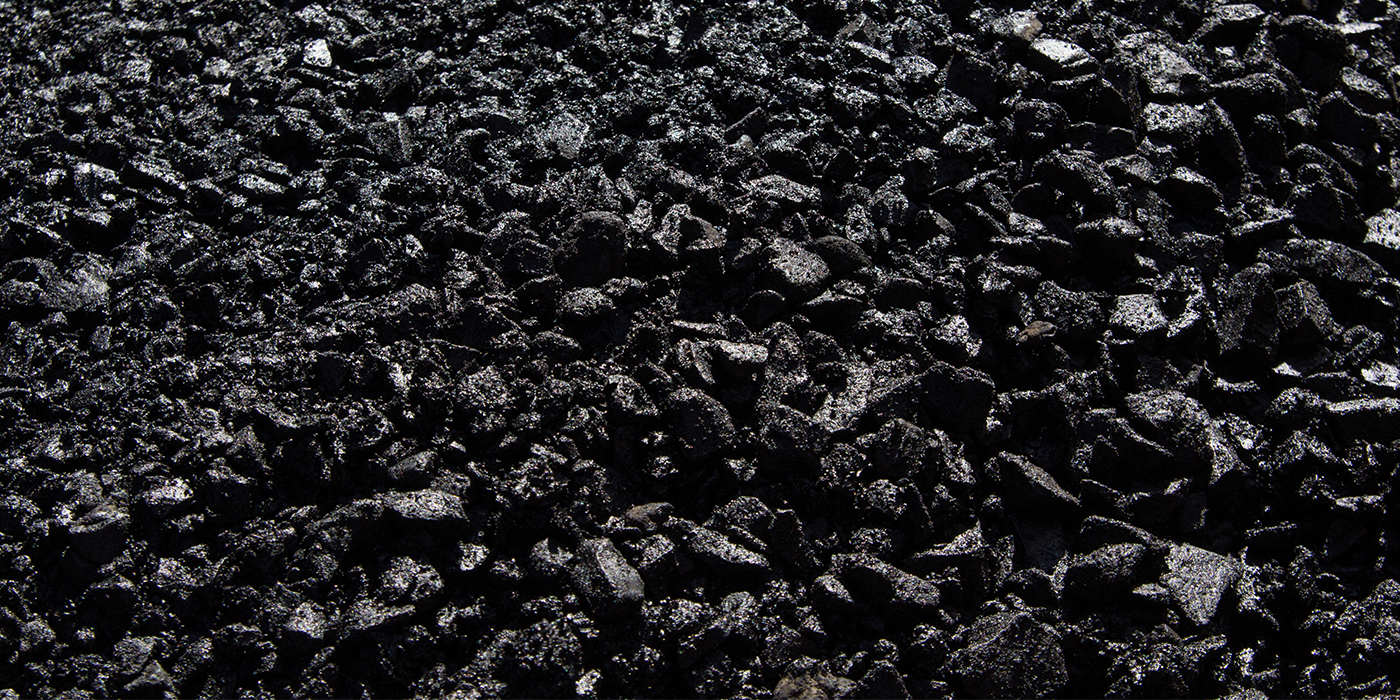
This experience serves as a compelling validation of HianRubber’s commitment to superior quality, innovation, and customer satisfaction, establishing us as a leading force in the industry and reinforcing our clients’ confidence in our capabilities.

Our finely ground crumb rubber is ideal for various applications, including sports surfaces, playgrounds, and construction projects. Available in different sizes to meet your specific needs.

We extract steel wires from recycled tires, offering a valuable resource for steel manufacturing and other industries.

The fibers obtained from tire recycling can be used in various applications, including automotive parts, insulation, and textiles.
One of our recent noteworthy projects at HianRubber involved partnering with a renewable energy company to develop specialized rubber components for their cutting-edge wind turbine systems. Tasked with creating durable seals and vibration isolators to withstand the harsh conditions of offshore wind farms, we embarked on a collaborative journey to engineer solutions that would enhance performance, longevity, and reliability.
Tire recycling is crucial for environmental sustainability. It helps prevent tires from ending up in landfills where they can pose fire hazards and leach harmful chemicals into the soil and water.
Tires can be recycled through various processes such as shredding, grinding, and pyrolysis. These processes break down tires into raw materials like rubber granules, steel, and fiber, which can be used in new products or applications.
Tire recycling conserves natural resources by reusing materials from old tires. It also reduces energy consumption and greenhouse gas emissions associated with manufacturing new tires from raw materials.


Tire recycling can be economically viable, especially when there is a demand for recycled tire products and efficient recycling processes are in place. However, economic viability can vary depending on factors such as market demand, transportation costs, and government regulations.
Some challenges of tire recycling include the high cost of recycling equipment, transportation logistics, and ensuring the quality and safety of recycled tire products. Additionally, illegal dumping and improper disposal of tires can undermine recycling efforts.
Tire recycling helps reduce the demand for raw materials, conserves energy, and reduces emissions of greenhouse gases and air pollutants associated with tire manufacturing and disposal. It also helps prevent habitat destruction and pollution caused by tire fires.
Most types of tires can be recycled, including passenger car tires, truck tires, and even off-the-road (OTR) tires used in heavy machinery. However, certain specialized tires or tires with hazardous contaminants may pose challenges for recycling.
Individuals can contribute to tire recycling by properly disposing of old tires at designated recycling facilities or participating in tire take-back programs offered by tire retailers or local governments. They can also choose products made from recycled tire materials to support the market for recycled tire products.
Governments play a crucial role in promoting tire recycling through regulations, incentives, and public awareness campaigns. They may implement policies such as tire disposal fees, recycling mandates, or grants to support tire recycling initiatives and infrastructure development.
Recycled tire materials are used in a wide range of products including playground surfaces, athletic tracks, road pavement, automotive parts, construction materials, and even in the production of new tires.
Copyright 2024 © Hian Rubber India Private Limited. All Right Reserved.